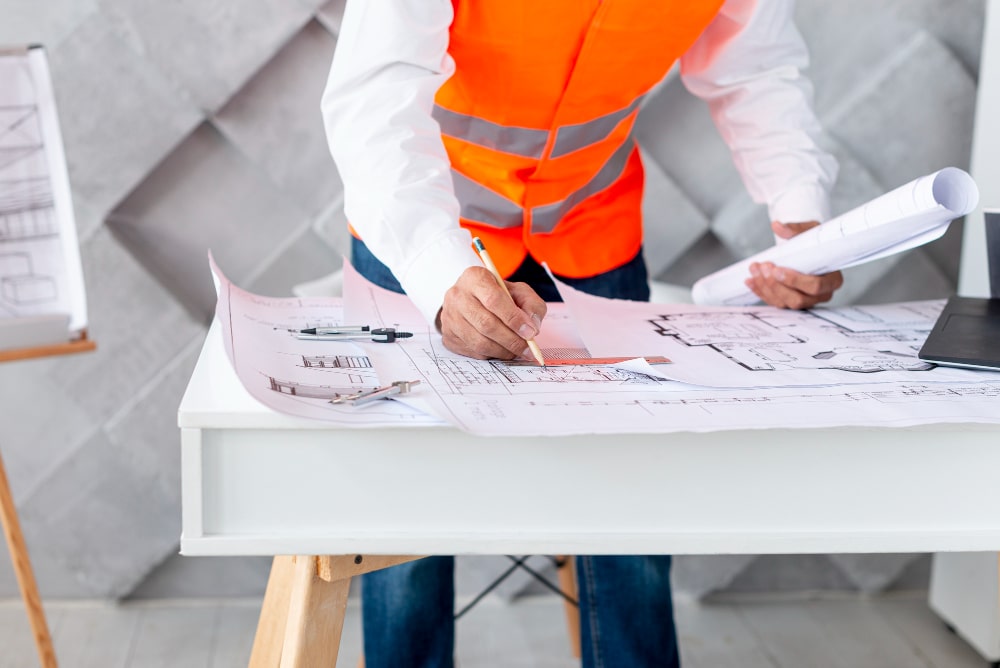Safety is paramount in construction, and Garisan Group adheres to rigorous safety protocols for drywall and ceiling installations. This article explores the safety measures and industry standards involved, from securing panels to using non-toxic materials. Clients can learn about essential safety certifications, the importance of using registered installers, and Garisan Group’s commitment to safety on every project.
Our team undergoes regular safety training and certification to ensure each installation is performed safely and meets regulatory standards. We educate clients on safety practices and provide thorough post-installation checks to ensure lasting stability and structural integrity. For peace of mind and quality assurance, Garisan Group takes every precaution to maintain a safe work environment on every job site.
5 Essential Safety Tips for Homeowners During Renovations
Renovations can be an exciting time as you transform your space to fit your vision. However, ensuring your safety and that of your household is essential throughout the process. Here are five practical tips to help you navigate your renovation project safely.
1. Clear the Area of Any Hazardous Items
Before work begins, remove any items that could pose a safety risk, such as loose electrical cords, fragile decor, and unnecessary furniture. Clearing the area of clutter minimizes tripping hazards and provides a safer workspace for contractors and homeowners alike.
2. Secure Children and Pets Away from the Work Zone
Renovation areas can be hazardous for children and pets, with tools, dust, and debris present. Ensure they are kept in a secure, separate area away from construction activities. Set up a temporary barrier or designate a “safe zone” for them to stay in.
3. Wear Appropriate Protective Gear When Necessary
For homeowners who plan to observe or participate in any part of the renovation, it’s essential to wear protective gear like gloves, safety glasses, and dust masks. Even small tasks, such as inspecting progress, can expose you to dust or sharp objects.
4. Keep Emergency Contact Information Accessible
Unexpected accidents can occur, even with the best safety measures in place. Keep emergency contacts, including local hospital numbers and poison control, in a visible, accessible location. Having these numbers at hand can help you react quickly in case of an emergency.
5. Maintain Proper Ventilation
Many construction materials, including paint, adhesives, and sealants, emit fumes that can be harmful if inhaled in poorly ventilated areas. Open windows and doors to ensure proper air circulation, and consider using fans to keep fresh air flowing through the space.



